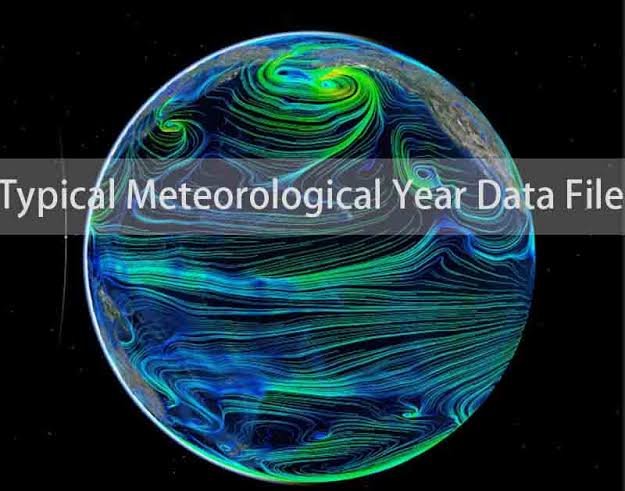Last Updated on July 14, 2024 by Asfa Rasheed
1. Environmentally friendly power Asset Evaluation: TMY information shapes the spine for surveying the capability of sustainable power sources like sunlight based and wind. Hourly upsides of sun based radiation and wind speed assist with planning reasonable areas for sun powered homesteads and wind turbines, prompting enhanced position and augmented energy creation.
2. Building Environment Normals: Meteorological stations frequently have missing information because of instrument glitches or upkeep. TMY information, obtained from superior grade, long haul datasets, spans these holes, giving a total and delegate image of an area’s environment. This data is significant for different applications, including agrarian preparation, development plan, and natural effect appraisals.
3. Approving Environment Models: Environment models are utilised to anticipate future environment situations. Contrasting model results and TMY information for explicit areas assesses the precision of the models under various weather patterns. This input circle is fundamental for refining environment models and working on their unwavering quality for future projections.
4. Concentrating on Long haul Environment Patterns: By dissecting numerous TMY datasets from various years, meteorologists can distinguish patterns in temperature, precipitation, and other environment factors. This data is significant for understanding environmental change, surveying its effect on unambiguous locales, and creating informed transformation procedures.
5. Creating Weather conditions Conjectures: While not straightforwardly utilised for guaranteed weather conditions gauges because of its delegate nature, TMY information assumes an essential part in preparing and approving mathematical climate expectation models. These models depend on verifiable information to learn examples and connections between various climate factors, working on the precision of figures for explicit areas and periods.
Extra Advantages:
Normalised Configuration: TMY information follows a normalised design, making it effectively open and tantamount across various areas and studies.
Practical: Contrasted with gathering new information, utilising existing TMY datasets is a savvy method for getting exhaustive climate data.
Openly Accessible: Numerous nations and associations make TMY information freely accessible, democratising admittance to significant environment data for analysts, understudies, and the overall population.
Restrictions to Consider:
Representativeness: While delegate, TMY information probably won’t catch outrageous climate occasions or unexpected changes. Using extra information sources is urgent for complete investigation.
Spatial Fluctuation: TMY information addresses a particular area and may not precisely reflect microclimates or complex territory varieties. Incorporating with higher-goal information may be important for better scale studies.
All in all, TMY information fills in as a crucial device for meteorologists and specialists, offering critical applications in understanding environment designs, evaluating sustainable power potential, approving environment models, and creating weather conditions figures. Its normalised design, cost-viability, and public accessibility make it a significant asset for different partners, adding to progressions in meteorology and the practical improvement of our planet.





















